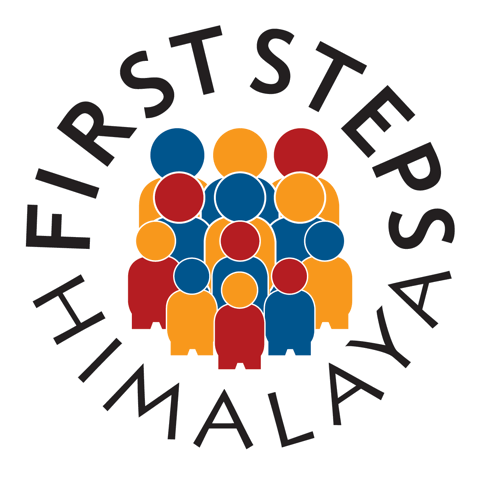This little girl in a Nepali village classroom is monotonously and repetitively reciting words.
Rote Learning vs Child-led learning
Traditionally in Nepal, schools have used ‘rote learning’ or the memorisation of information as the main teaching method in classrooms. This involves teachers pointing to letters or numbers on a wall and the children reciting them, often at deafening volumes and in accents that can often be unintelligible.
So what’s wrong with memorizing information? Whilst there is a place for children memorizing multiplication tables and some songs, rote learning doesn’t encourage creativity in children or develop their problem solving skills.
The problem is that most teachers in Nepal know nothing else. They grew up with rote learning themselves and have never seen child-friendly, creative teaching in progress. It is always easier to do what you know rather than trying something new.
Day in day out, all over Nepal teachers who lack training and professional support roll out the same lesson style. When they get fed up of pointing to the board or a spot on the wall, they hand over to one of the children to continue reciting more words.
Here is an example of rote learning in action, a standard teaching technique in Nepali schools. This teacher is calling out numbers in English which are then repeated back by all the small children in the class. Can you image how boring this would be for everybody?
However, teaching doesn’t need to be so dreary, boring and unproductive. When the First Steps team transform schools with simple equipment, train the teachers and provide ongoing support, the results can be spectacular!
A little child, directionless and ill-at-ease, so typical of children we see in rural schools before we start working with the teachers.
A focused child in a well resourced, creative and nurturing classroom environment.
So often, when we first visit classrooms in rural Nepali villages we are met by children like the one above in the red sweater. These little ones have not received any play-based learning. They lack direction, enthusiasm and the normal joy that you would expect from children of this age. In contrast, the second image shows one of the children at our established early childhood centre in Sangachok, deeply engaged in quality learning. She is very focused on her puzzle and whilst she is doing so is learning persistence, problem solving skills and fine motor skills.
What is Child-led Learning
In essence, child-led learning uses the child’s own natural curiosity to drive their learning. The child is responsible for deciding what and how to learn and can choose how long to participate in their chosen activity.
By creating a warm, nurturing classroom environment with age appropriate resources, children can choose their activities and develop their own earning style.
Here are more examples of children who are really engaged in their play at our Sangachok ECD centre. Teachers are encouraged to practice child-led learning. The children have chosen their own activity and they are working away to complete their self-devised task, being creative and learning at the same time.
The problem is huge, the solution is simple. When children are engaged in their learning, they are far more likely to complete their education. To find out more about our education projects click here









